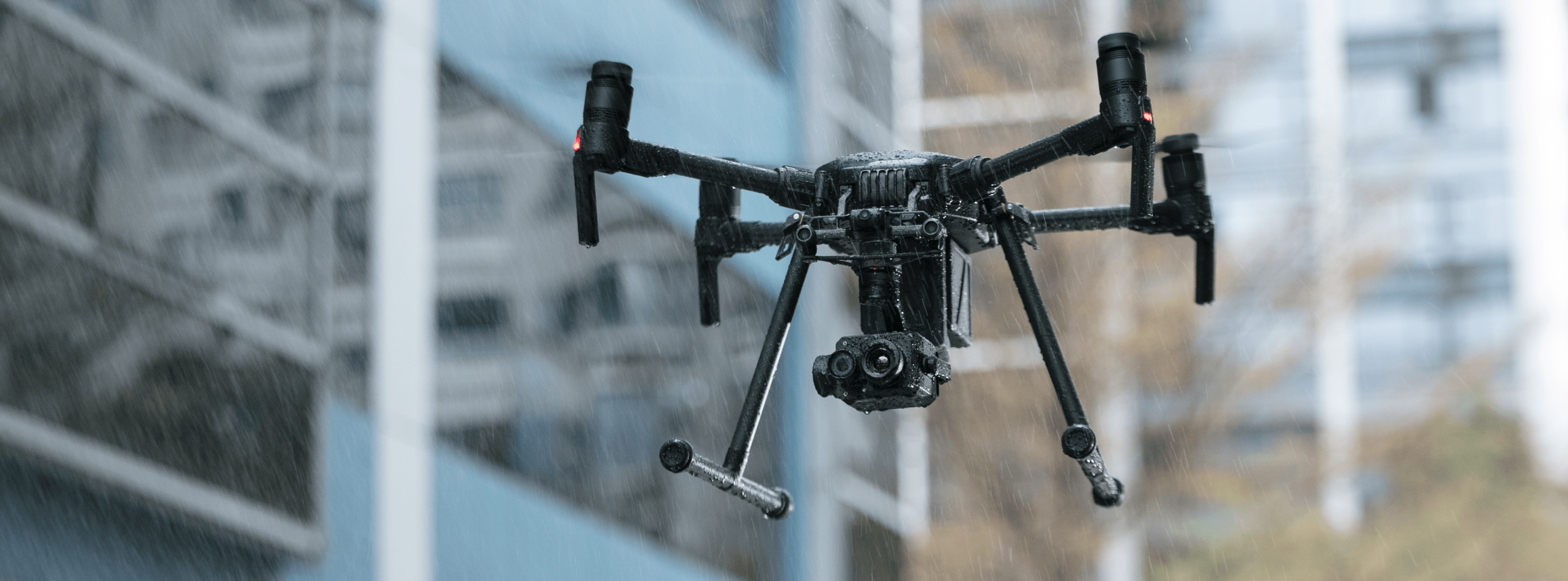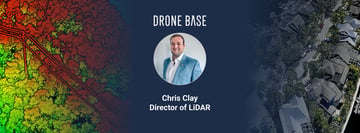When developing regulations around the use of drones, the FAA’s number one priority has always been safety. The safety of people and property on the ground who aren’t involved in the operation, and the safety of other airspace users.
Aviation authorities all over the world have established frameworks to govern operations for this reason. Flights near airports, above certain altitudes, over people and in urban areas are generally off-limits without express permission as a result. But the drone industry itself has also taken significant steps to ensure its impressive safety record is maintained.
Manufacturers such as DJI and Parrot have embraced and developed geofencing technology, preventing pilots from breaking airspace rules inadvertently. And through several partnerships with industry stakeholders, the FAA’s Low Altitude Authorization and Notification Capability now supports the safe integration of drones into the airspace by providing access to controlled areas in real-time.
All of these measures are in place to ensure that authorized drone pilots are flying where they should, minimizing the risk of a collision with manned aircraft.
However, accidents can still happen. On September 21, 2017, a recreational drone pilot was operating beyond line of sight in a location in which federal authorities had a temporary ban on drone flights. His Phantom 4 collided with a Black Hawk helicopter flying low over Staten Island.
Obviously, we should point to the pilot in question ignoring the temporary ban and blame that for the collision. We can also say that had the drone been within sight, he may have been able to spot and avoid the incoming helicopter.
But another lesson is that airspace is dynamic. Particularly during emergency or military operations when the usual flight paths of manned aircraft are altered. Things can happen quickly and drone pilots on the ground need all the assistance possible to avoid incidents like that happening again, whether or not they are observing the rules.
Why AirSense will make your operations safer
Which brings us to DJI’s recent announcement: all of the company’s newly released drones weighing 250 grams or more will come with AirSense built in from the start of 2020.
So what exactly is AirSense? In short, it’s another technology to help reduce the chances of a collision between drones and manned aircraft.
AirSense is an alert system that uses an ADS-B receiver to warn drone pilots of nearby manned aircraft.
The feature, which has previously been limited to a handful of DJI’s enterprise drones, gathers flight data automatically transmitted from nearby aircraft. AirSense detects collision risks well beyond the sight and hearing of the drone pilot, before sending alerts in advance through the DJI mobile app.
It’s a simple and necessary step that provides greater situational awareness to drone pilots on the ground. It gives you a chance to respond in good time to dynamic scenarios and make more responsible decisions while flying.
As well as reducing the risk of a collision, AirSense should also reduce the likelihood of ‘near-misses’ between drones and manned aircraft, which are a regular source of negative publicity for the industry.
Gear upgrades with AirSense in mind
In April, we revealed that thermal imaging specialist FLIR had made a strategic investment in DroneBase.
As part of that partnership, we’re working with FLIR to provide specialized training for DroneBase pilots through FLIR’s Infrared Training Center.
We’ve suggested that the lucrative thermal missions on offer are already a great reason to consider upgrading your gear. And now, with the mainstream launch of AirSense in 2020 and the added operational security that comes with it, it’s never been a better time to remain at the forefront of drone technology.
Click here to find out more about how gaining a thermography qualification can take your pilot career to new heights.





